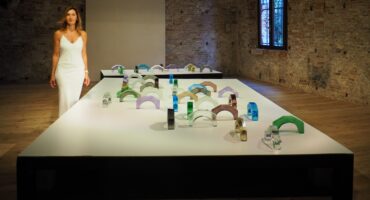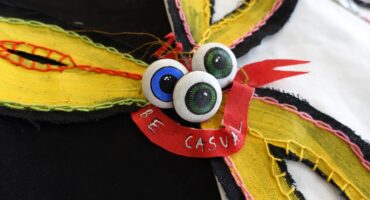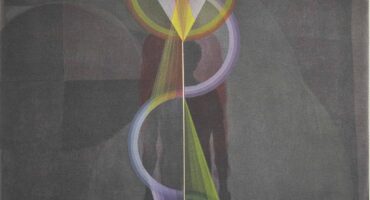- Home
- TÊTE-À-TÊTE
- TAZEEN QAYYUM
TAZEEN QAYYUM
TAZEEN QAYYUM
Identity, Belonging and Displacement in Tazeen Qayyum's Practice

Tazeen Qayyum is a multidisciplinary Pakistani-Canadian artist, who lives in Oakville, on the edge of Lake Ontario in Canada. While her artistic roots lie in the traditional miniature painting techniques of South Asia and Persia, Qayyum’s creative journey has led her to embrace a variety of media, including drawing, installation, sculpture, video and performance. Her work explores themes of identity, belonging and displacement within a socio-political landscape, rooted in her own experiences and cultural influences.
Qayyum studied art at the renowned National College of Arts in Lahore, Pakistan, where she was one of the pioneers of the neo-miniature painting movement, alongside Shahzia Sikandar and others. Qayyum took a unique approach by being one of the first miniature painters to exclude figures from her works.
Traditional miniature painting, which first emerged in India in the eighth century as part of Buddhist practice, reached its peak under Mughal rule in the 19th century. It requires great mental and physical dedication. The artist works sitting on the floor, meticulously building up each painting layer by layer; distinctive characteristics, according to Qayyum, include the use of symbolism, pile-up-perspective, stylisation in composition, and an emphasis on process and making.
In 2003, Qayyum and her husband emigrated to Canada – a life-changing decision that was a major challenge for the artist, both personally and artistically. Away from her family and friends and the familiarity of the Pakistani art scene, she realised she would have to rebuild her life from scratch, as well as educate people about her artistic practice. She explained:
"Canada is different from the UK or New York, there is still a conservative outlook in terms of art. For me, the struggle is not just finding a footing but also educating people where I’m coming from.”
She also realised that the commercial art scene in Canada is relatively underdeveloped, and the focus lies mostly on public and private funding and non-profit organisations such as artist-run centres, which help artists who lack commercial representation.
“I’m lucky as I got really good institutional support here in Canada. I was awarded multiple grants for my work, which helped me sustain my practice.”
Qayyum has maintained her connection to the miniature painting traditions, with the colours and compositions of her art reflecting her heritage, but over time her approach has also become conceptual.
A recurring symbol, which she first used in Pakistan, is the cockroach. This seemingly ordinary insect takes on profound – and varied – meanings in her art, providing a commentary on the human condition and the value of human life. She has drawn inspiration from the field of entomology, mimicking the labels used to catalogue insects in museum displays, to explore the creation of layers of meaning when the presentation of information becomes politicised.
Beyond the realm of political commentary, Qayyum also examines identity and women’s issues in her art, drawing from her own experiences as an immigrant woman in the West.

Her 2011 installation, Our Bodies Our Gardens, used hand-painted hot-water bottles, suspended from the ceiling, as a metaphor for the female body. Inviting women from around the world to share their personal stories. Qayyum’s objective was to explore the everyday challenges faced by women and to uncover their shared experiences. The project highlights her commitment to amplifying diverse narratives and challenging societal expectations.
“People would ask me, ‘How is it being a free woman in the West, compared to Pakistan?’ I started asking myself, ‘Do I feel more free in Canada?’ and I realised I don’t. The problems are different, but women don't have it easier here.”
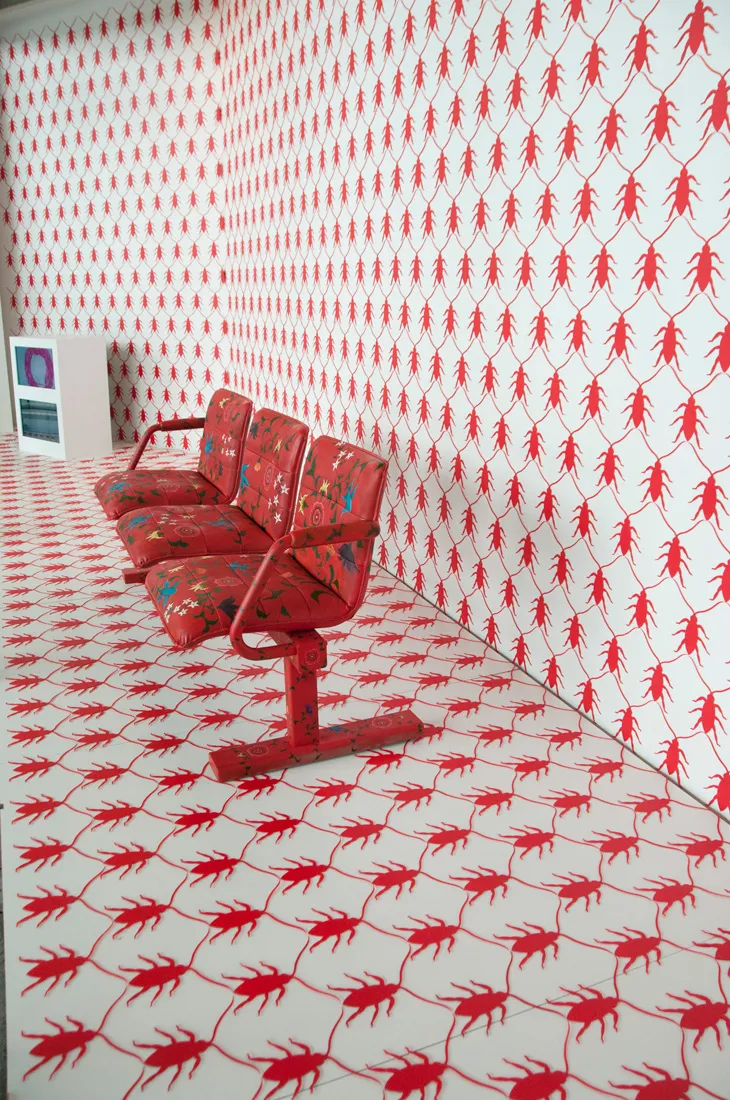
In 2013, Qayyum was invited to create a site-specific installation for Toronto’s international airport, where she had first landed in Canada a decade earlier. In the work – a grid-like pattern of red insects spreading across the wall and floor – she extended her exploration of the cockroach motif, using it as a metaphor for both resilience and mortality. A critique of how Western society employs fear and perpetuates the ‘othering’ of people of colour and their cultures, the work expresses the challenges and experiences tied to travelling and crossing borders as a Muslim.
The work’s title, A Holding Pattern, signifying an aircraft awaiting clearance to land, solidifies the concept. It encapsulates a state of waiting that mirrors (in her own words) “her own displaced identity, living between two cultures, in a perpetual state of transit, and never truly at home”.
Related Articles
The Magazine
Recent Posts
-
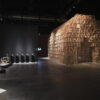
Cultural Diplomacy and Artistic Dialogues: Exploring ‘Beneath the Gaze of the Palms’
Cultural Diplomacy and Artistic Dialogues: Expl... -

The Time is Now: How Artists Respond to the Idea of Time
THE TIME IS NOW: HOW ARTISTS RESPOND TO THE IDE... -

Cultural Crossroads: Stories of Exchange
CULTURAL CROSSROADS: STORIES OF EXCHANGE Januar... -
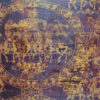
Colour Series Part IV: Purple
COLOUR SERIES PART IV: PURPLE The colour purple... -
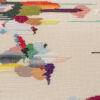
On Embroidery & Motherhood with Iliodora Margellos
On Embroidery & Motherhood with Iliodora Ma...
WANT TO STAY UPDATED WITH ITERARTE LATEST ACTIVITES AND NEWS?
Sign up to our newsletter to be one of the first people to access our new art, learn all about our latest launches, and receive invites to our exclusive online and offline art events.

